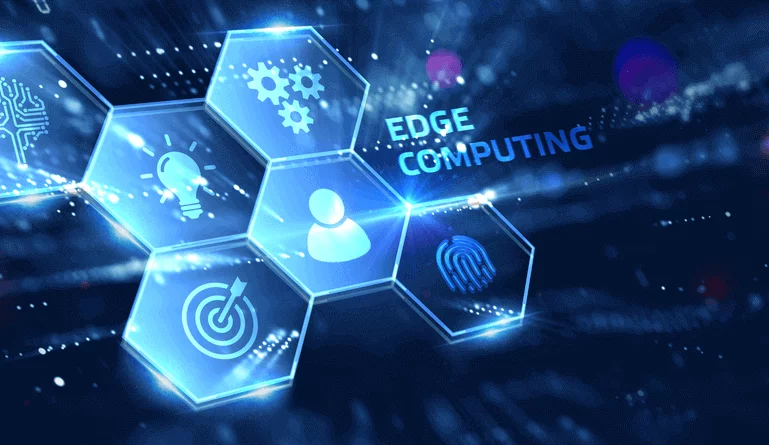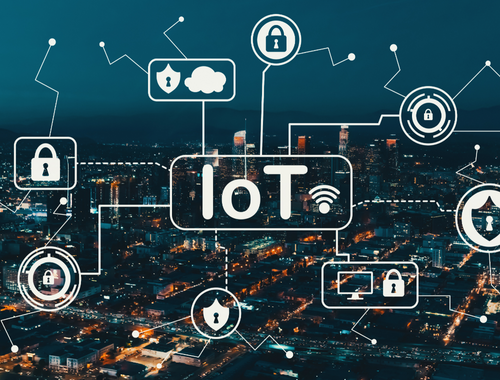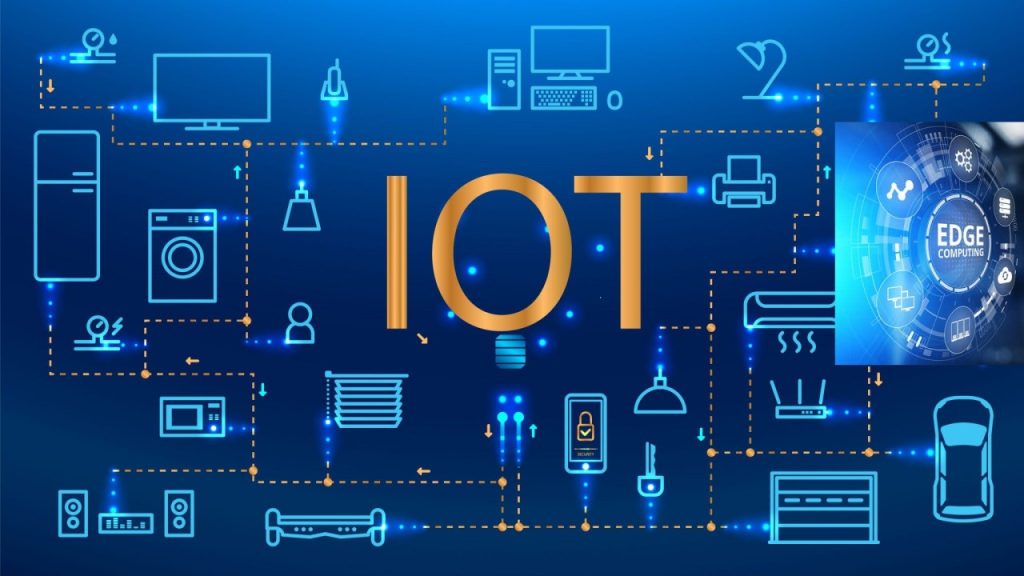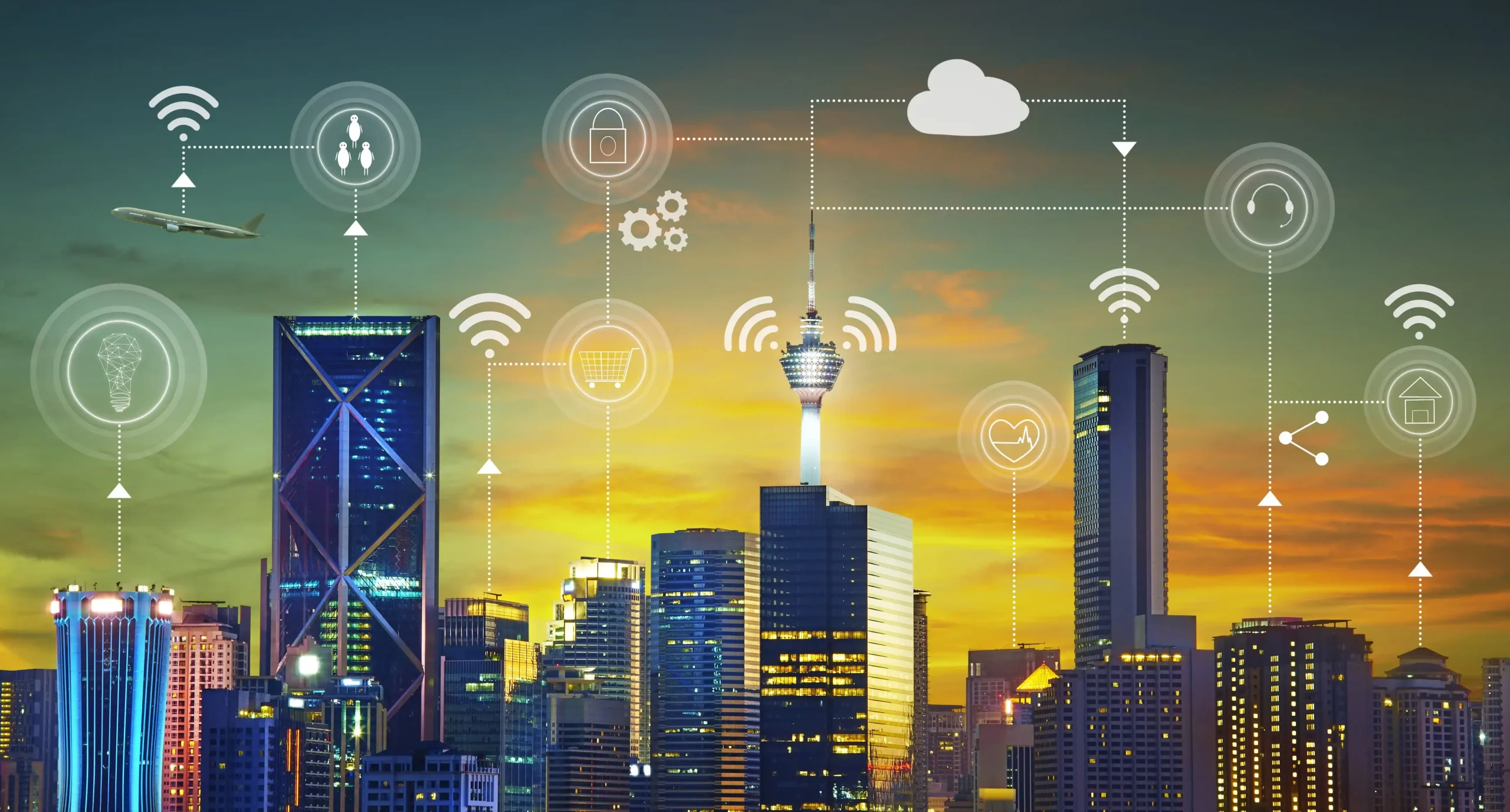The Role of Edge Computing in Enhancing IoT Connectivity
In the ever-evolving landscape of technology, the Internet of Things (IoT) has emerged as a transformative force, connecting devices and enabling seamless data exchange. As IoT continues to proliferate, the demand for robust connectivity solutions becomes increasingly crucial. One key player in addressing this demand is edge computing—a paradigm that brings computing power closer to the data source. This article explores the pivotal role of edge computing in enhancing IoT connectivity, focusing on how it facilitates the connection of data across two devices, the evolution of IoT software, and the ways in which devices are connected via edge computing.
Table of Contents
Understanding IoT Connectivity

IoT connectivity lies at the heart of the seamless integration of devices, allowing them to communicate and share data efficiently. Traditionally, IoT devices relied heavily on centralized cloud computing for data processing and storage. However, this approach has its limitations, especially in scenarios where low latency and real-time processing are critical.
Enter edge computing, a decentralized computing model that brings computation and storage capabilities closer to the data source. In the context of IoT, edge computing has emerged as a game-changer, revolutionizing the way devices connect and communicate. By reducing the distance between devices and the computing resources, edge computing addresses latency issues and enhances the overall efficiency of IoT systems.
Connecting Data Across Two Devices with Edge Computing
One of the significant challenges in IoT connectivity is ensuring seamless communication and data exchange between two devices. Edge computing plays a vital role in addressing this challenge by facilitating direct communication and data sharing at the edge of the network.
In a traditional cloud-centric IoT architecture, data from devices often travels to a central cloud server before being forwarded to its intended destination. This process introduces latency and may result in delays, particularly in applications where real-time communication is crucial. Edge computing mitigates this issue by allowing devices to connect directly, exchanging data without the need for a detour through a distant cloud server.
This direct device-to-device connectivity at the edge enables faster response times and improved reliability. For instance, in a smart home environment, where various IoT devices need to communicate with each other, edge computing ensures that commands and data are exchanged swiftly, creating a more responsive and seamless user experience.
Evolution of IoT Software in the Edge Computing Era

As edge computing gains prominence in enhancing IoT connectivity, the landscape of IoT software undergoes a significant evolution. Traditional IoT software architectures often relied on cloud-based solutions for data processing, analytics, and storage. However, the shift towards edge computing necessitates a rethinking of these software architectures.
IoT software in the edge computing era is designed to leverage the proximity of computing resources to the data source. This means that data processing and analytics can occur at the edge of the network, reducing the need for extensive data transmission to centralized servers. This not only addresses latency concerns but also optimizes bandwidth usage and reduces the load on cloud infrastructure.
Moreover, edge computing introduces a paradigm shift in how IoT applications are developed and deployed. Developers now have the opportunity to create applications that capitalize on the capabilities of edge devices, enabling them to deliver more efficient and responsive solutions. Edge-enabled IoT software allows for real-time decision-making at the device level, enhancing the overall intelligence of IoT ecosystems.
Connected via Edge Computing: A New Era of Device Integration
The phrase “connected via” takes on a whole new meaning in the context of edge computing. Instead of relying solely on cloud-based connectivity, devices are now connected via edge computing, fostering a more decentralized and distributed network architecture.
Edge computing enables devices to establish direct connections, forming a network that operates closer to the physical location of the devices. This not only reduces latency but also enhances the security and privacy of data exchanges. Devices can communicate with each other without relying on a central authority, making the network more resilient and less susceptible to single points of failure.
In industrial IoT (IIoT) scenarios, where numerous sensors and actuators need to work in tandem, edge computing facilitates a highly interconnected ecosystem. Devices on the factory floor, for example, can communicate directly with each other via edge computing, enabling real-time monitoring and control. This level of connectivity enhances operational efficiency, reduces downtime, and improves overall productivity.
Security and Privacy Considerations in Edge-enabled IoT Connectivity

While the benefits of edge computing in enhancing IoT are evident, it’s essential to address the security and privacy implications of this decentralized approach. Edge computing brings computing resources closer to the data source, which can raise concerns about data exposure and unauthorized access.
To mitigate these risks, robust security measures must be implemented at the edge. This includes encryption of data in transit, secure authentication mechanisms, and regular security updates for edge devices. Additionally, edge computing allows for localized data processing, reducing the need to transmit sensitive information over long distances. This not only enhances security but also aligns with privacy regulations and compliance standards.
Furthermore, edge computing enables the implementation of artificial intelligence (AI) and machine learning (ML) models directly on edge devices. This can enhance the ability to detect and respond to security threats in real-time, adding an extra layer of protection to the IoT ecosystem.
Case Studies: Real-world Applications of Edge Computing in IoT Connectivity

To illustrate the practical impact of edge computing on IoT connectivity, let’s explore a few real-world case studies where this paradigm has been successfully implemented:
Smart Cities:
In the context of smart cities, edge computing plays a pivotal role in optimizing various services, such as traffic management, public safety, and environmental monitoring. Edge devices, deployed on traffic lights and surveillance cameras, enable real-time analysis of traffic patterns and incidents. This data is processed locally, allowing for faster response times and improved overall city management.
Healthcare IoT:
Edge computing is revolutionizing healthcare IoT by enabling more responsive and efficient patient monitoring. Wearable devices equipped with edge computing capabilities can analyze vital signs locally, sending only relevant information to centralized systems. This not only reduces the burden on healthcare networks but also ensures timely detection of critical health issues.
Manufacturing and Industry 4.0:
Edge computing is a cornerstone of Industry 4.0, where smart factories leverage IoT connectivity to enhance production processes. Machines equipped with edge devices can communicate directly, coordinating production activities in real-time. This results in improved efficiency, reduced downtime, and predictive maintenance capabilities.
Conclusion
In conclusion, the role of edge computing in enhancing IoT connectivity is transformative and multifaceted. By enabling direct device-to-device communication, evolving IoT software architectures, and fostering decentralized networks, edge computing addresses the challenges associated with traditional cloud-centric approaches. The phrase “connected via” takes on new significance as devices leverage edge computing to establish direct connections, creating a more efficient, responsive, and secure IoT ecosystem.
As the IoT landscape continues to evolve, it is clear that edge computing will remain a key enabler of connectivity, driving innovations across various industries. From smart cities to healthcare and manufacturing, the real-world applications of edge-enabled IoT connectivity underscore its importance in shaping the future of connected devices and intelligent systems. As we navigate this technological frontier, the synergy between IoT connectivity, edge computing, and innovative software solutions promises a future where devices seamlessly collaborate, unlocking unprecedented possibilities for efficiency, responsiveness, and intelligence.

